Weekly Tech Recap - № 254 - Calling all COBOL coders, Minecraft RTX, TurboGrafx-16 Mini, Google SoC, Mobility tracking
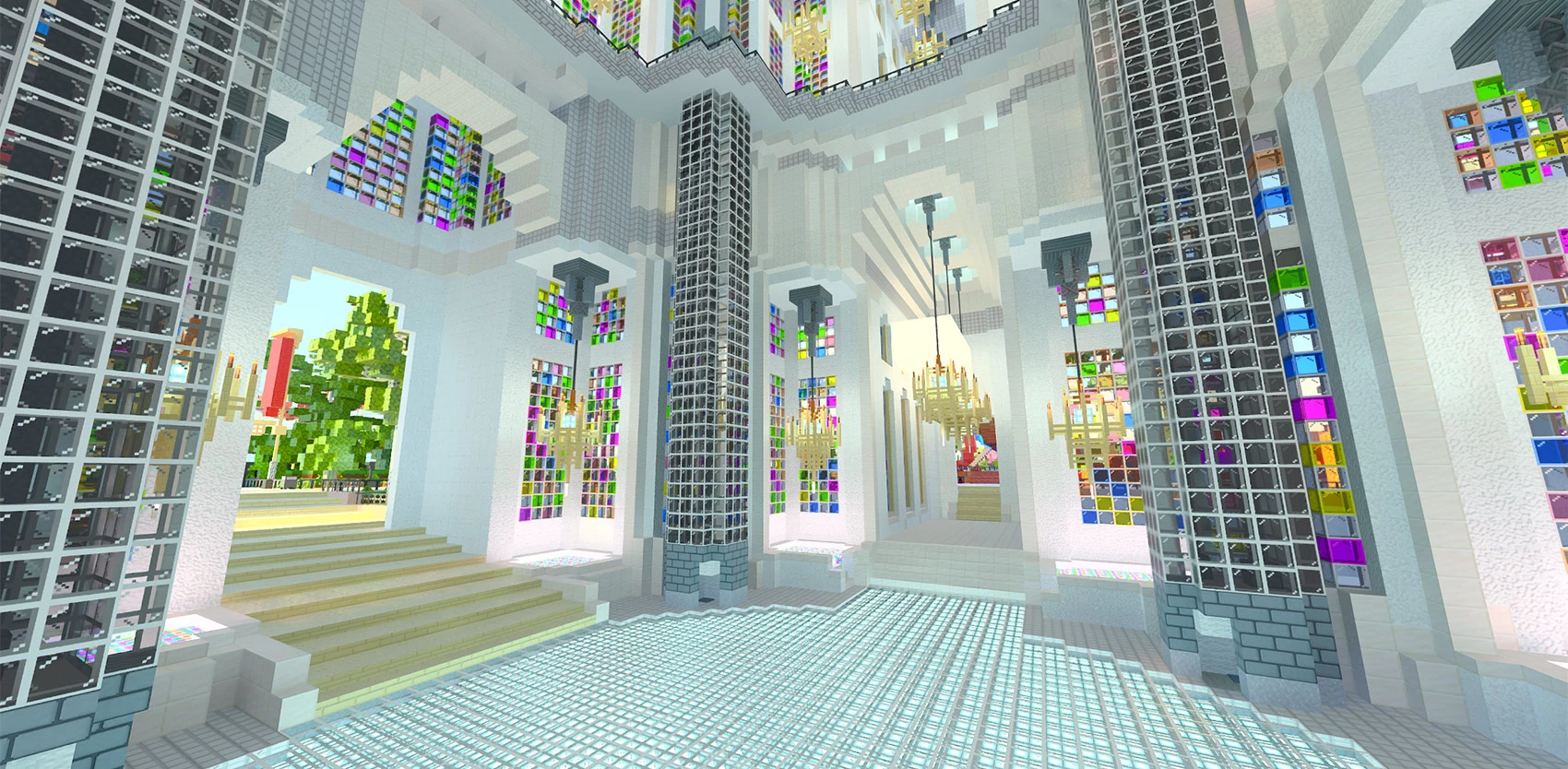
Calling all COBOL coders
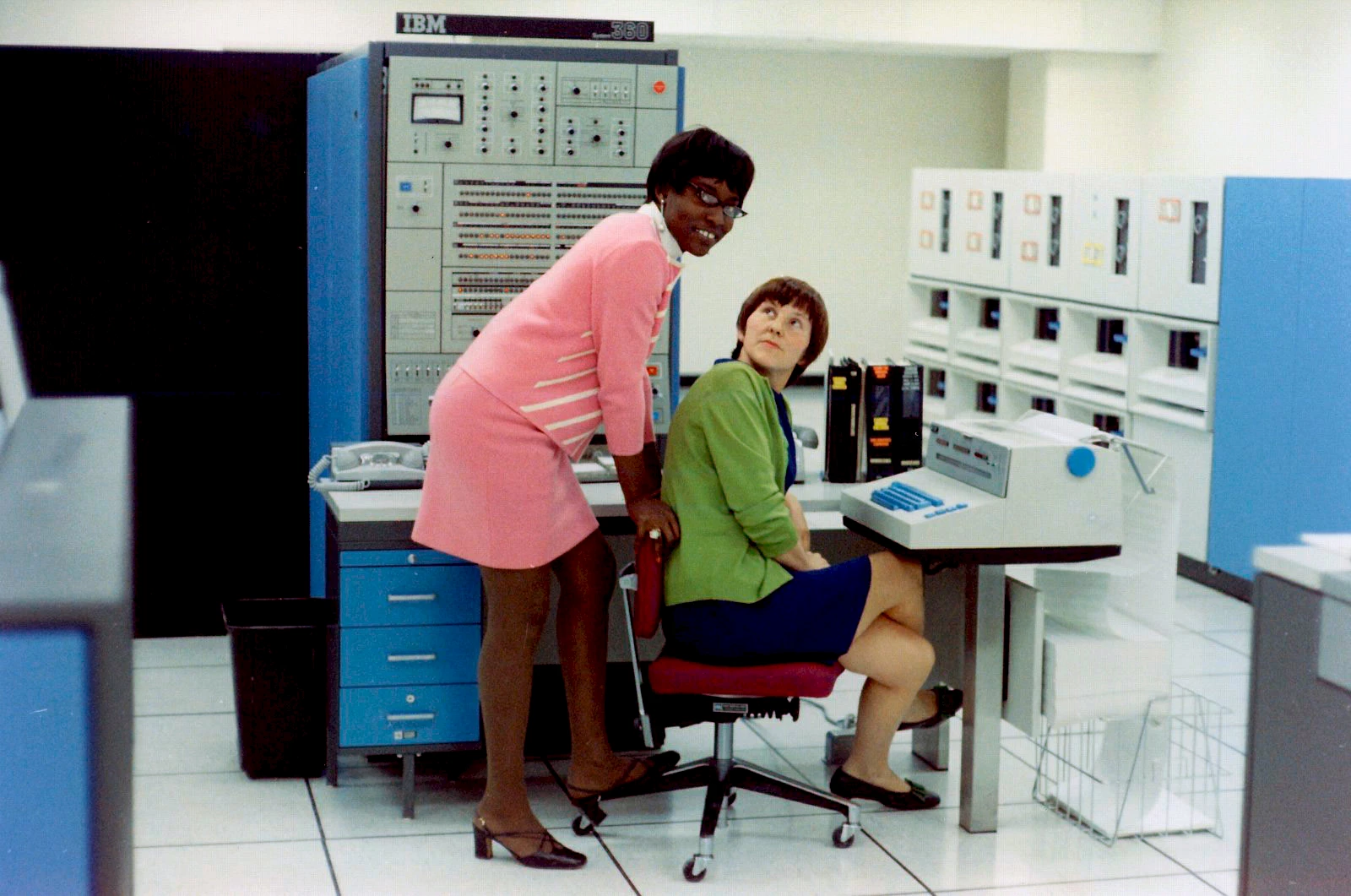
Bell Labs, 1967. © Lawrence ‘Larry’ Luckham.
At a time when an unprecedented number of Americans are losing their jobs, at least 12 American states use elderly COBOL-based systems to manage their unemployment benefits. COBOL is a 6-decade-old language, and the systems that run on it are simply unable to handle the influx of claims. The main problem is that COBOL developers that could upgrade the systems are going the way of the dodo: the ancient COBOL language is no longer taught in schools, and even if it were, there would be no uptake. In an effort to alleviate the problem, IBM, in collaboration with Open Mainframe Project, has just released an on-line COBOL programming course, supporting it with a peer help forum monitored by COBOL experts. However, COBOL is completely different from contemporary languages and is tricky to learn, which could discourage potential programmers willing to lend a helping hand. How did the states find themselves in this pickle? Thanks to decades-long budget cutbacks, of course. Lesson learnt?
Which gives us an excuse to trot out the old chestnut that keeps on giving: a COBOL programmer made so much money off the Y2K bug that he was able to pay for high-end cryopreservation. When he eventually is unfrozen, he asks what prompted his reanimation. The answer: “We are now in the year 9999, and you know COBOL.”
And since we’re on the subject of antiques, have a look at our article, “The cost of legacy systems.”
⇨ The Verge, Makena Kelly, “Unemployment checks are being held up by a coding language almost nobody knows.”
Mobility tracking
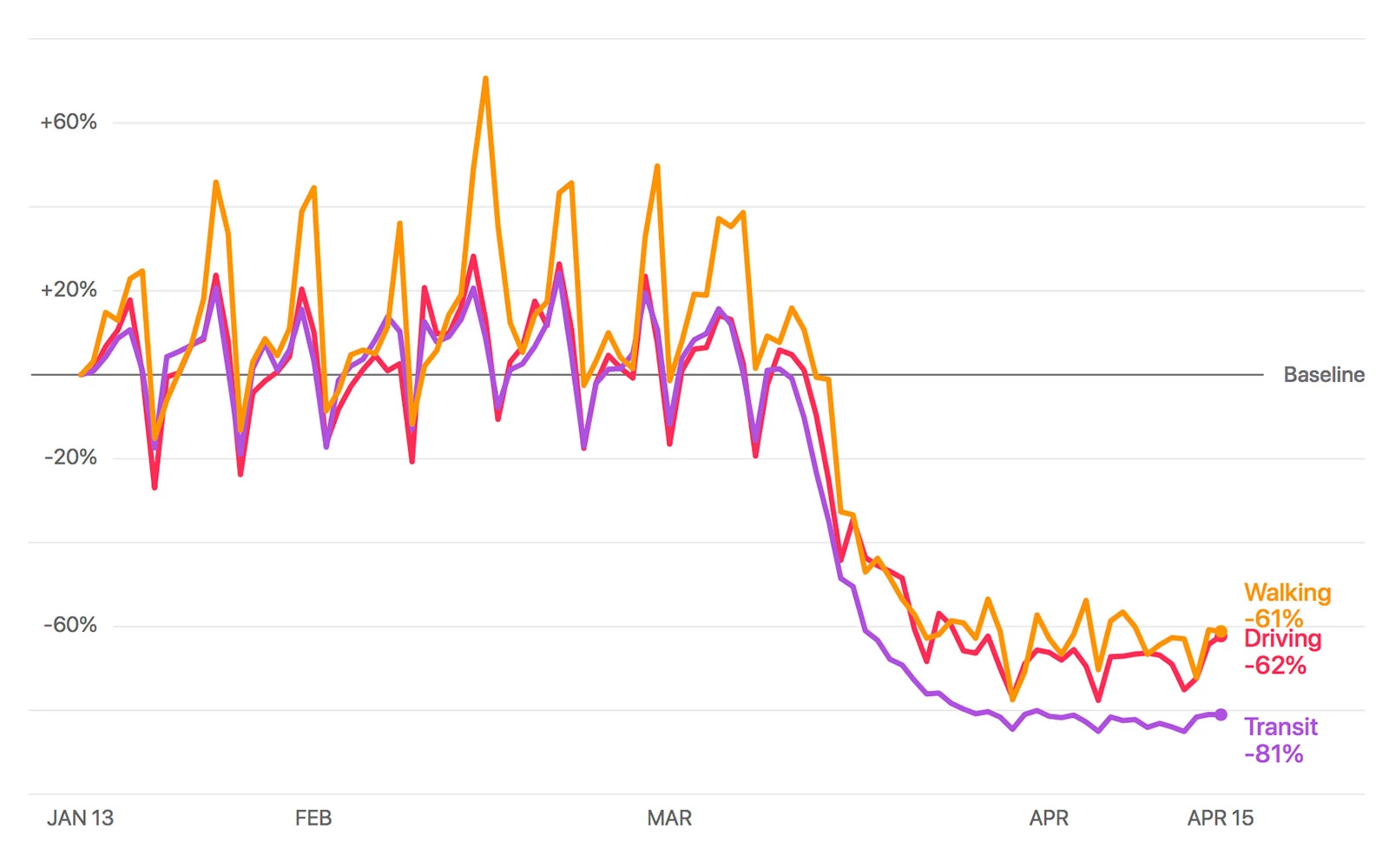
Mobility trends report for Montreal. © Apple.
Apple has released a new tool, available to the general public, to track mobility trends broken down by type of transportation (driving, walking, public transit) in different countries and major cities. The data is generated by the requests made to Apple Maps for directions. The tool complements Google’s tool, which charts movements broken down by type of destination, like retail stores, parks, office buildings, etc. Of course, both tools provide an eloquent visual representation of the impact of the COVID-19 crisis around the world. Apple says that Maps does not associate mobility data with users’ Apple ID or keep a history of a user’s location.
⇨ The Verge, Jay Peters, “Apple makes user location data from Apple Maps available to help COVID-19 relief efforts.”
Ray-tracing in Minecraft
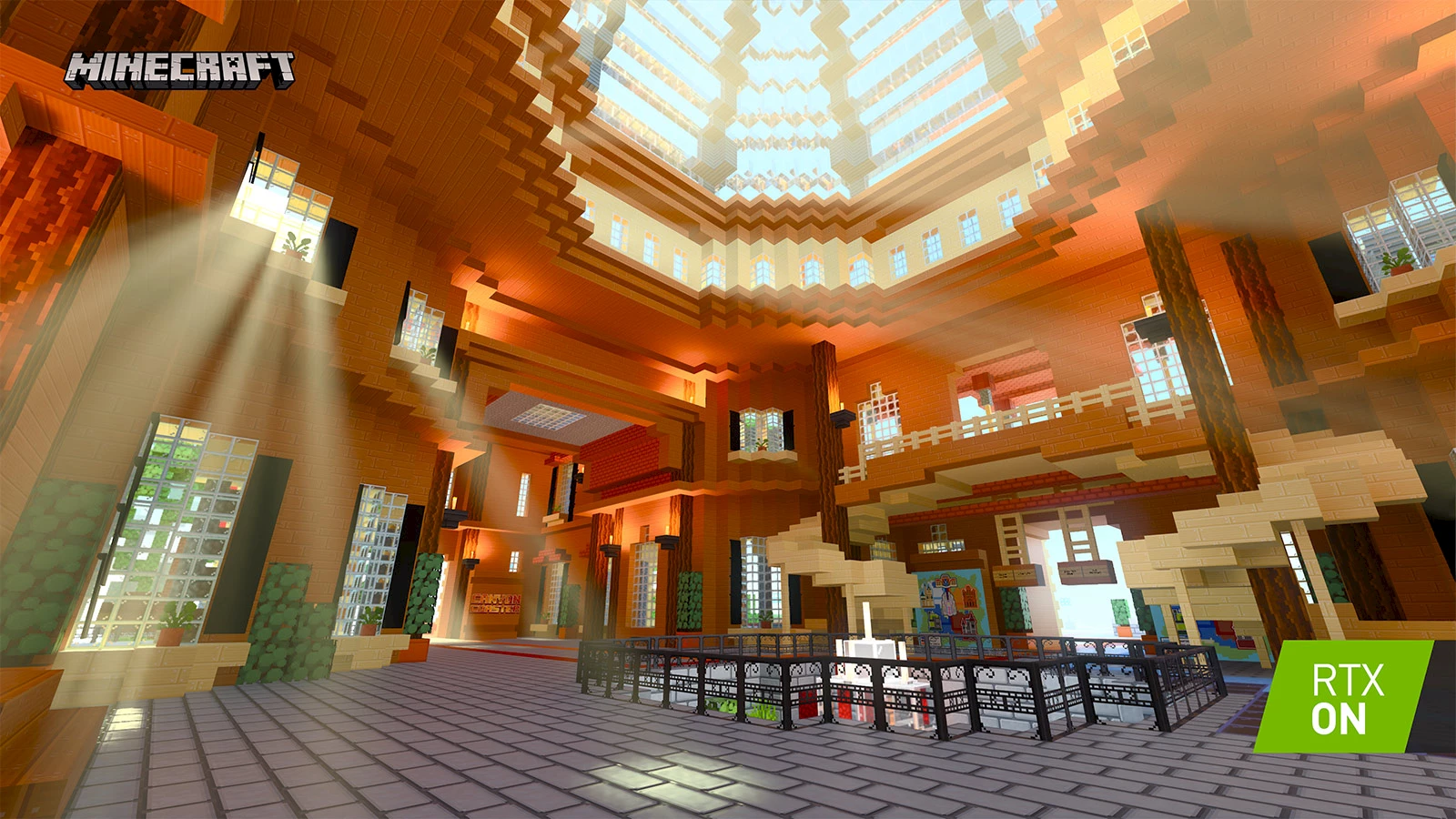
Minecraft RTX. © Qualcomm.
Minecraft fans have been waiting for years for a major visual overhaul of their game. On Thursday, the beta version of Minecraft RTX with ray-tracing rendering was finally made available as a free update, exclusively on Windows 10. One major caveat, though, is that to enjoy ray-tracing, you must have a DirectX 12 API, i.e. you are locked into Nvidia’s GeForce RTX graphic cards. Which is not surprising, since, as the name implies, the beta version was co-developed with Nvidia. We’re still waiting for ray-tracing on AMD’s Radeon cards, but this should happen this year. In any case, judging from the screen captures and video released so far (below), the effect is stunning. Stunning enough to convince those who don’t already have a GeForce RTX card to get one, which is probably Nvidia’s goal.
⇨ YouTube, “Minecraft with RTX | Official Beta Announce Trailer.”
⇨ Ars Technica, Sam Machkovech, “The biggest ray-traced game yet: Minecraft RTX Beta debuts April 16 on PC.”
⇨ Ars Technica, Sam Machkovech, “Minecraft ray tracing is now live on PC—and it’s a must-play, if you can.”
TurboGrafx-16 Mini
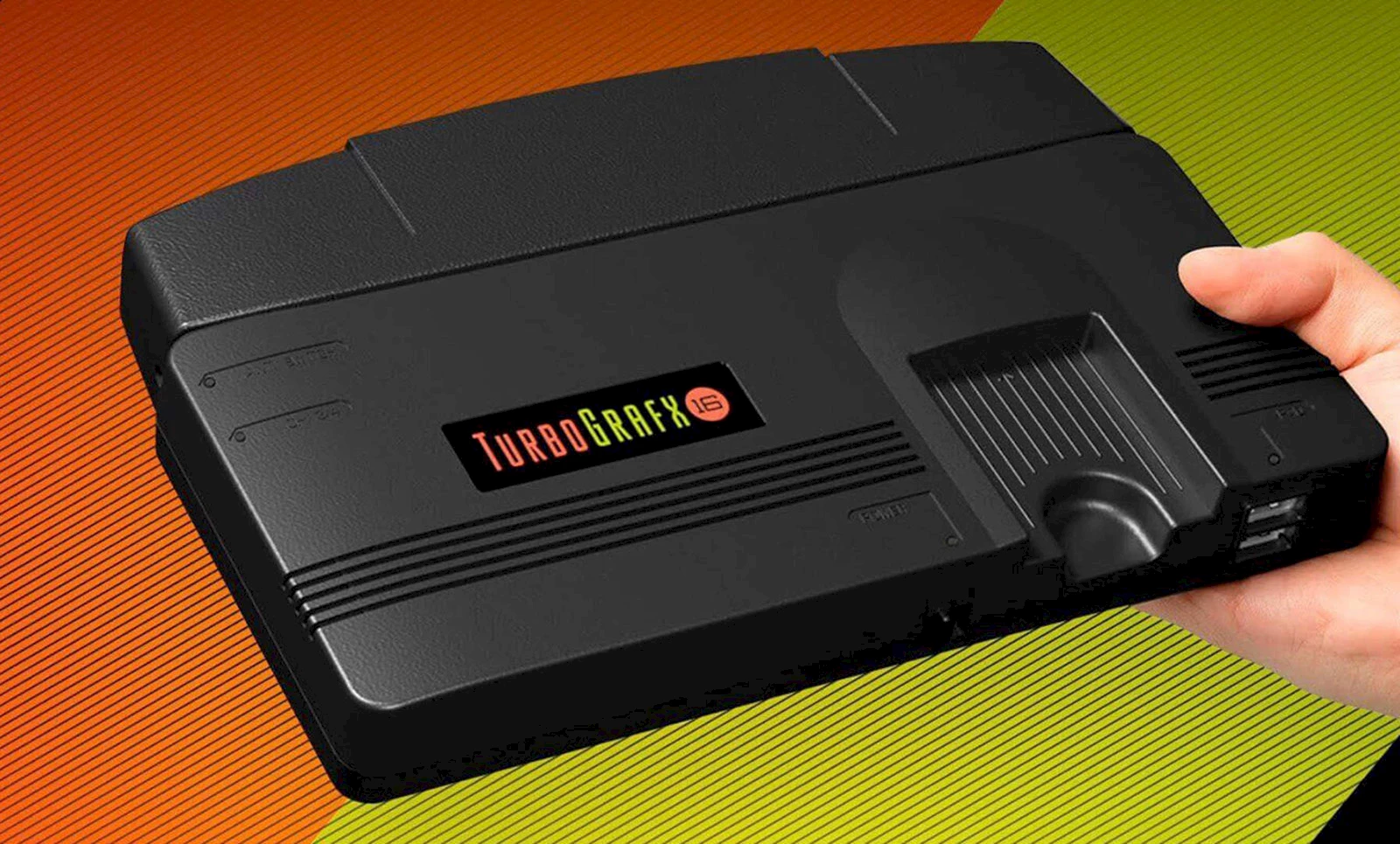
TurboGrafx-16 Mini. © Konami.
Following the trend launched in 2016 by Nintendo with the NES Classic, Konami has launched the TurboGrafx-16 Mini, a miniaturized version of the TurboGrafx-16 console released by NEC Home Electronics in Japan in 1987. The console comes with lots of games: 25 in English, plus the PC Engine option for 32 more games in Japanese, some of which you can still play even if your Japanese isn’t everything it should be. While it is available for pre-order now on Amazon for USD100, shipping to Europe and North America is delayed, possibly to the end of the year, due to the COVID-19 pandemic.
⇨ YouTube, “TurboGrafx-16 mini: Features Video.”
⇨ The Verge, Andrew Webster, “The TurboGrafx-16 Mini is a great plug-and-play console that doubles as a history lesson.”
Google wants to dump Qualcomm
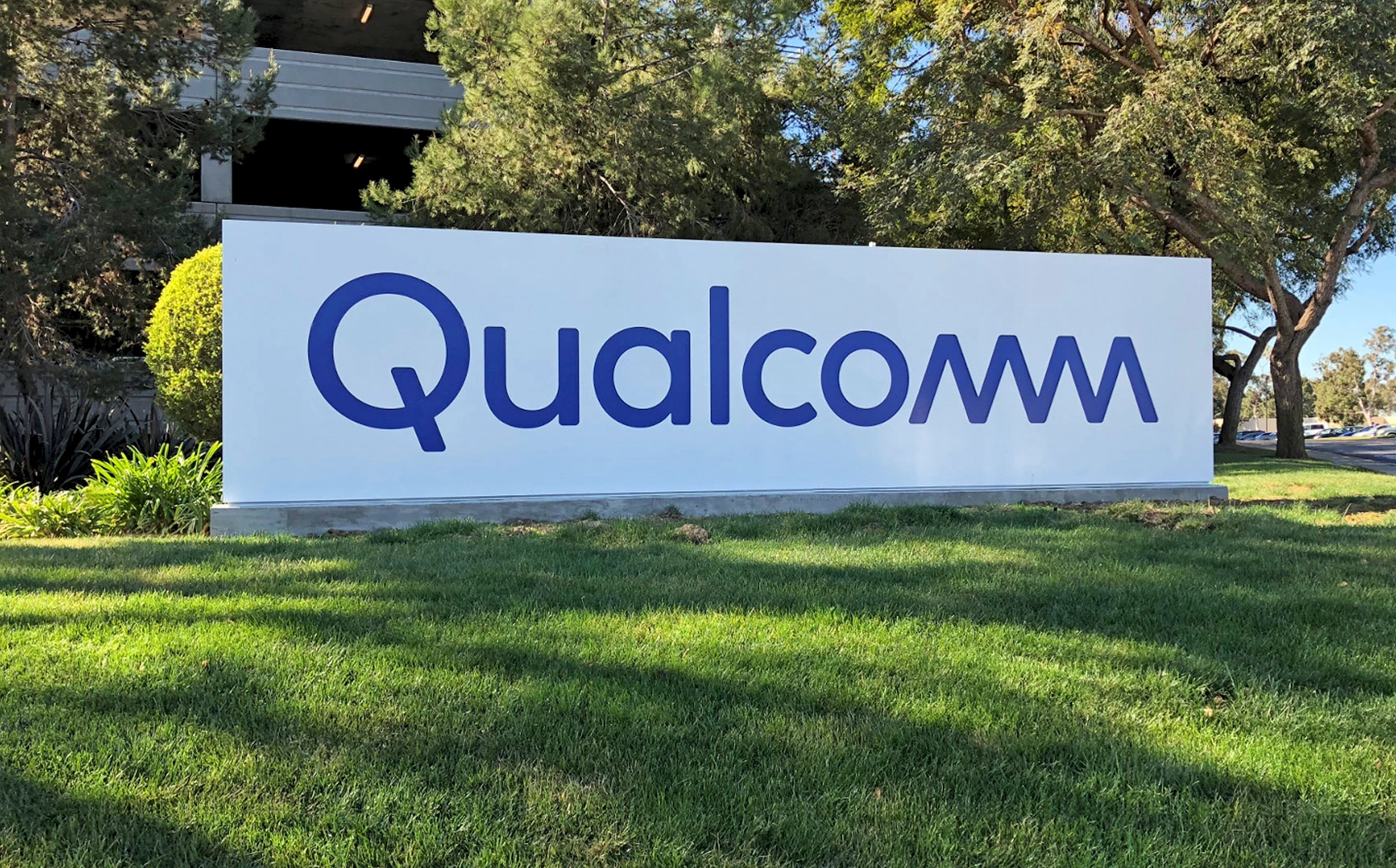
© Qualcomm.
Have you noticed that most Android phones are pretty much functionally identical? That’s because they all rely on the same processors, built by Qualcomm. With a shared processor, phone builders have a hard time differentiating their offer with new features. Apple, on the other hand, designs its own processors in-house. Back in 2010, the iPhone 4 was the first phone to run on a proprietary SoC. Now, Ina Fried, the well-known tech reporter, has revealed that Google is actively working on developing a processor for its Pixel phones and Chromebook laptops. According to Fried, Google has worked with Samsung to develop an initial 5-nm, eight-core ARM SoC, codenamed Whitechapel. Google has already received the first working versions of the chip, and could equip its Pixel phones with them as soon as next year.
⇨ Ars Technica, Ron Amadeo, “Google wants to dump Qualcomm, launch smartphone SoC as early as next year.”
⇨ Axios, Ina Fried, “Scoop: Google readies its own chip for future Pixels, Chromebooks.”
